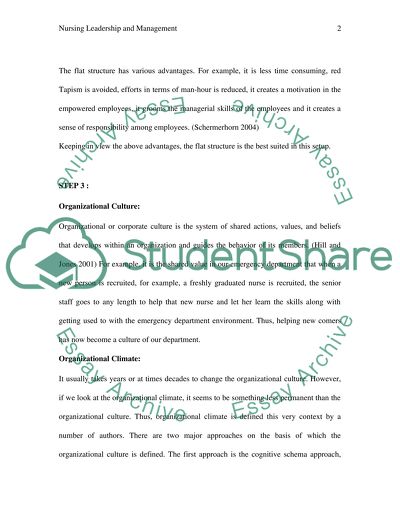Cite this document
(“Orgnisational structure and nursing ledership/management Essay”, n.d.)
Orgnisational structure and nursing ledership/management Essay. Retrieved from https://studentshare.org/miscellaneous/1542189-orgnisational-structure-and-nursing-ledershipmanagement
Orgnisational structure and nursing ledership/management Essay. Retrieved from https://studentshare.org/miscellaneous/1542189-orgnisational-structure-and-nursing-ledershipmanagement
(Orgnisational Structure and Nursing ledership/Management Essay)
Orgnisational Structure and Nursing ledership/Management Essay. https://studentshare.org/miscellaneous/1542189-orgnisational-structure-and-nursing-ledershipmanagement.
Orgnisational Structure and Nursing ledership/Management Essay. https://studentshare.org/miscellaneous/1542189-orgnisational-structure-and-nursing-ledershipmanagement.
“Orgnisational Structure and Nursing ledership/Management Essay”, n.d. https://studentshare.org/miscellaneous/1542189-orgnisational-structure-and-nursing-ledershipmanagement.


